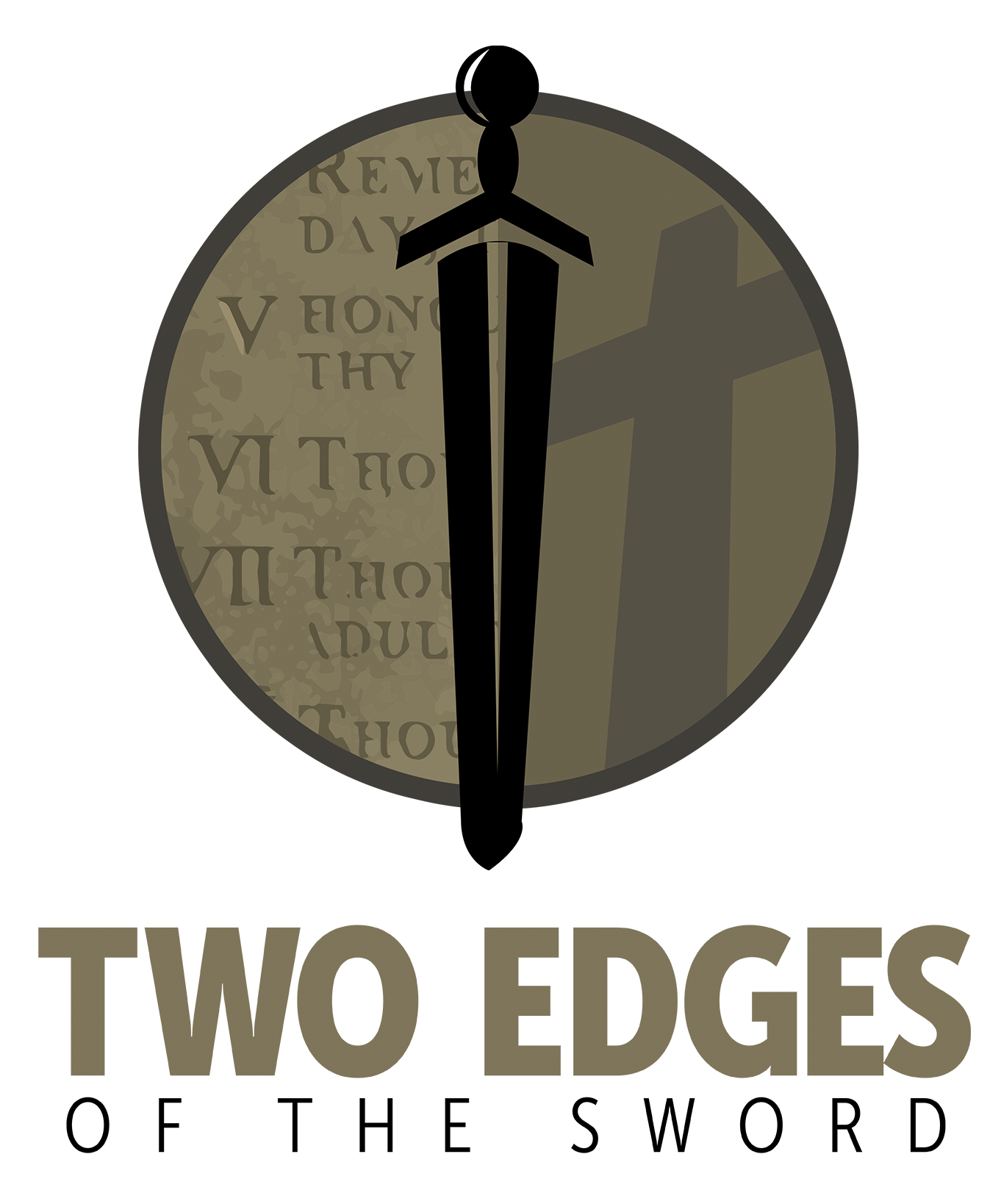The ongoing revival on the campus at Asbury University (and now spreading to other campuses) is a classic example of the description I often use of the life of faith in the kingdom of God—naturally , spontaneously and unconsciously (hereafter referred to as NSU).
to other campuses) is a classic example of the description I often use of the life of faith in the kingdom of God—naturally , spontaneously and unconsciously (hereafter referred to as NSU).
Jesus describes this same way of life as the way a little child lives: “Assuredly, I say to you, unless you are converted (to that NSU life of simply trusting Daddy) and become as little children, you will by no means enter the kingdom of heaven” (Matthew 18:3). Jesus is saying, “Do you want to live each day experiencing My rule in your lives? Then be like a little child, and all that that entails, including being converted to a child’s way of thinking!”
Those I have seen on TV reporting on the Asbury revival, both student participants and outside observers, all flashed the same exuberant, overflowing, child-like enthusiasm. Steve Bannon, the in-house program host for his Real America News program, was positive but puzzled at what his young, on-site reporter was describing. Bannon’s traditional church background gave him no frame of reference whatsoever.
Watching on TV, I was unconsciously drawn into the experience with this young reporter as it was happening. I literally found myself raising my hands, tears in my eyes, and shouting praise to Jesus!
As I reflected on this experience, I was struck with the similarities between the Asbury revival and the picture of the church in the New Testament. Those converted in Jerusalem on the Day of Pentecost, and who formed the basis of what became the first church there, were ordinary Jews from other countries outside Palestine. They had traveled to Jerusalem for the yearly feast of Pentecost, not expecting anything any different from former years.
On the other hand, the 120 disciples of Jesus who formed the core of what would happen on that day, were all that remained from Jesus’ ministry on the earth. They were obediently waiting in a house in Jerusalem to be “baptized with the Holy Spirit” (Acts 1:4,5), just as Jesus had told them to do just before His ascension.
This unlikely group consisted of uneducated laborers, i.e., fishermen, etc., possessing no graduate degrees in theology or even any formal education at all. Most were religious, faithful synagogue-attenders and had learned the Scriptures, but their leadership experience essentially consisted of forsaking Jesus and running for cover to protect themselves at crunch time as the cross loomed immediately ahead.
This is what God had to work with to begin His mop-up campaign of Satan’s “principalities and powers” here on the earth. These powers were still dangerous, but now, because Satan had lost the kingdom at the cross, they were a defeated army, mounting a desperate, delaying action before its final demise.
Just nine days after Jesus was given the kingdom by God the Father at His ascension (prophetically in Daniel 7:13, 14), He gave this kingdom to the motley crew of 120 at Pentecost, and the church was born.
There the Head (Jesus) gave the Body (the church) exactly the same power He had on earth as the Son of Man—the Holy Spirit. Pentecost provided all that was needed for the church to accomplish Jesus’ previous commands to His disciples to go “preach the gospel to every creature” (Mark 16:15) and to “disciple the nations” (Matthew 28:19). The rout was on!
The book of Acts is the account of how the first years of this stage of the battle between the church and Satan’s forces proceeded. It is filled with vignettes that give us insight into what and how that happened in Paul’s life so he could make this amazing statement to the Thessalonians, “…you became examples to all in Macedonia and Achaia who believe. For from you the word of the Lord has sounded forth, not only in Macedonia and Achaia, but also in every place. Your faith toward God has gone out, so that we do not need to say anything” (1 Thessalonians 1:7, 8). This is NSU, New Testament church life.
This was written only 21 years after Pentecost, in A.D. 51, and it is still happening today, most recently in Asbury, Kentucky and on literally dozens of campuses that are being touched, just as was the Thessalonian church.
Next week I want to discuss three specifics from the Bible that describe crucial aspects of the way the church functioned in those days. Other features may be present, but these three are the essentials for biblical church life. All three are demonstrably present at Asbury, naturally, spontaneously and unconsciously!
